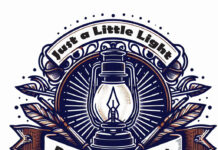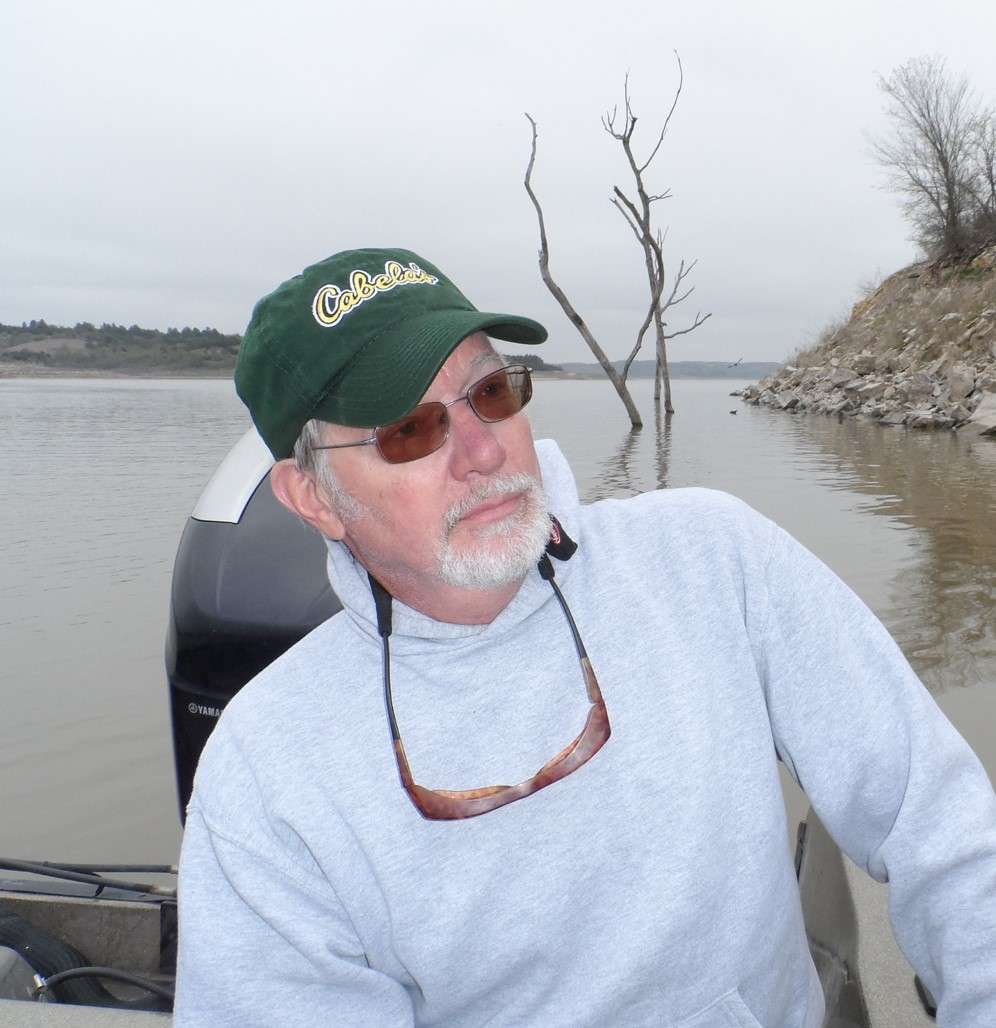It seems like we have an EPD for every trait imaginable from calving ease to ribeye area but but we desperately need one for how photogenic an animal is.
With more and more commercial cattle selling on video sales and registered bulls not even being brought into a sale ring but sold with a few slides on a screen, how gorgeous cattle are on film is more important than ever. In many instances a picture isn’t worth a thousand words but it sure could be worth a thousand bucks.
For 20 years I was the announcer for a large video auction company that sold over 400,000 cattle a year and I got to see every one of them sell. One of the things that amazed me was the quality of the film taken by the video auction company reps who had no formal training in videography. In most cases these were men (and a few women) who shipped cattle for a living and then one day some auction owner handed them a funny looking camera and told them to go take some video. It would be like giving me a scalpel and telling me remove a brain tumor. I doubt if I’d have any customers and yet these video reps were shooting motion-picture quality film. In most cases, that is.
When I used to take photos of sale bulls I’d always try to take them standing uphill because cattle look better that way. If they weren’t I’d just cut the picture on the bottom at an angle and tilt the animal up, making it look like they were standing uphill. Likewise, video reps have their bag of tricks too.
Have you ever noticed on eBay that sometimes you’ll see a penny or a quarter in the picture? That’s to give you something to compare the size to. One videographer I know does the same thing except he doesn’t show loose change, but uses a fence post for comparison. If he can he prefers to have the consignor flow has cattle slowly in front of a post that had about a foot cut off the top. Or he’d have a cowboy on a horse in the film that was short in stature and riding a Shetland pony. It would all just make the cattle seem all that much bigger and better. Whenever he could he’d also show a few seconds featuring video of the prior year’s calves on the day they were shipped so a buyer would have a better idea of what he or she was getting.
On the opposite end of the spectrum we had one guy who could gather up consignments like crazy because he was well liked and honest, but his video was atrocious. I recall one set of nice calves that were filmed standing in front of a manure stained tarp, knee deep in mud. The mud on their bellies must have weighed a hundred pounds.
Then there was this new fellow, Mr. Big Shot, who was evidently too lazy to pack his camera or do much work period. Other people may not have noticed but after a few sales I started to realize that every set he repped were Holsteins and appeared to be the same cattle, yet they were supposedly consignments from different dairies that I never heard of. Each set of calves was described as “one-owner cattle,” meaning they were bred and raised by the consignor. I finally challenged the rep and he replied, “You know Lee, If you’ve seen one Holstein you’ve seen ’em all.”
He kept getting away with it until one buyer refused the cattle on delivery because they all had back tags indicating they’d been purchased at an auction market and were definitely not “one-owner cattle”. It turned out that Mr. Big Shot had been seeing how much he could get for the cattle at the video sale and then he went out and bought Holsteins that would show a profit. Little did we know that he owned every one.
He tried it one too many though because the market fell about 15 bucks, the buyer refused delivery and Mr. Big Shot owned a huge string of cattle about ten dollars a hundred too high. It broke him and we never saw him again.
Oh well, as they say in Hollywood, “You’re only as good as your last picture.”
www.LeePittsbooks.com





